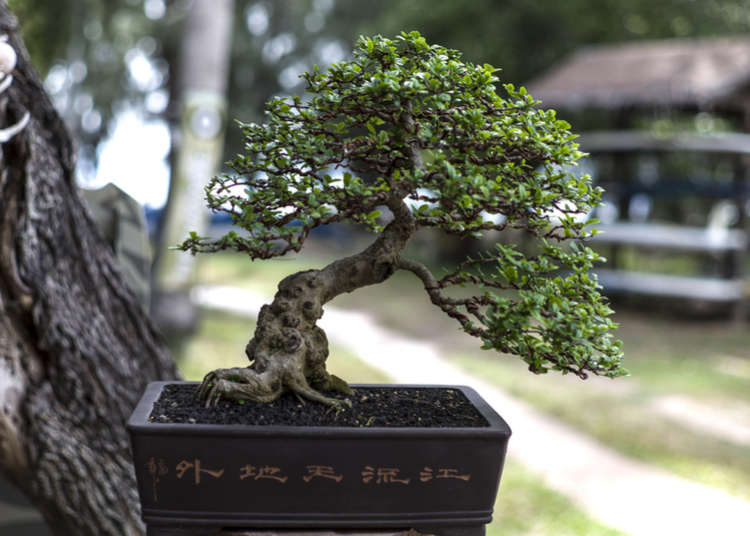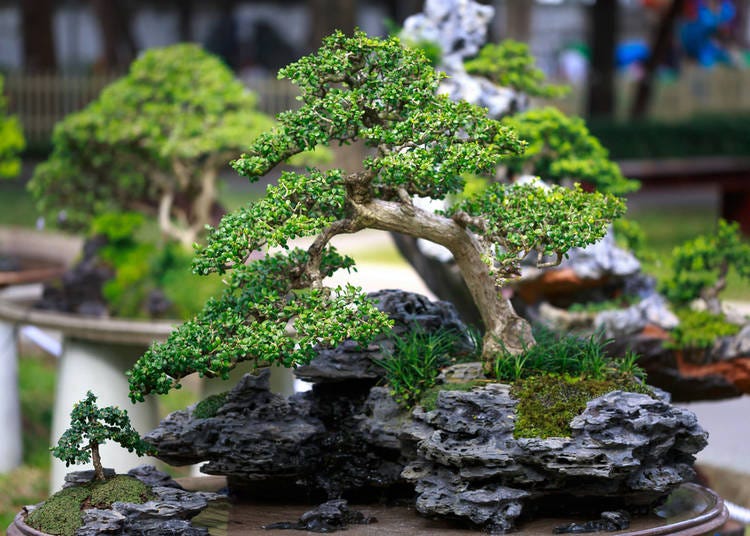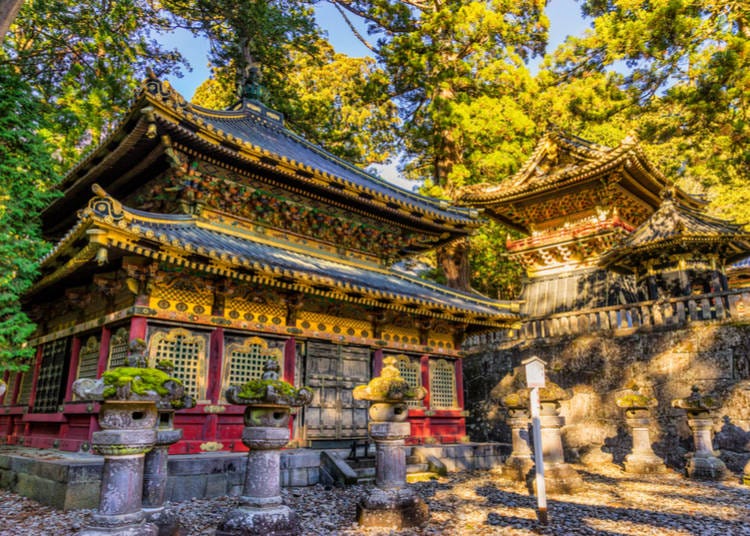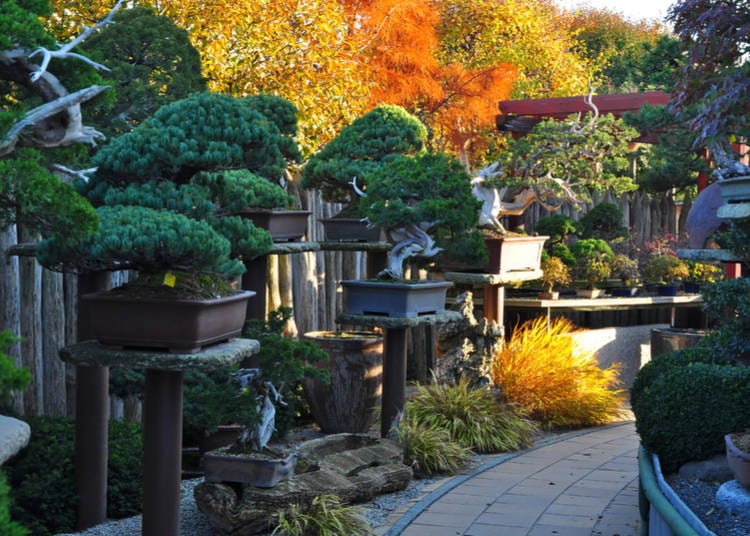
Have you ever wondered what a Bonsai tree actually is? Probably your first answer would be that it is a small tree – yet it is so much more than that! A rather telling point is that you can’t plant them in your garden, and they require a lot of attention. They are in truth a form of art as every Bonsai tree is carefully cared for in order to achieve a desired image.
What are bonsai trees?
A lot of people became aware of Bonsai trees because of the Karate Kid, that is the sequence of movies that were released in the 1980s rather than the more recent 2010 reboot version, and in these movies there was a strong visual connection with inner peace.
However, you don’t have to be a martial arts master to appreciate Bonsai!
The word Bonsai (盆栽) literally means "tray planting," and it finds its origins in China over 1,300 years ago along with the concept of creating miniature plants, landscapes, etc. From 1,000 to 800 years ago the Japanese version of Bonsai took root in Japan.
You may wonder what it is about Bonsai trees that has caused people over hundreds of years to devote their time to them, this is a hard question to answer as there are many reasons, but one simple explanation is simply that they are beautiful. It takes a lot of time and effort to shape a Bonsai tree into an individual’s desired shape, so when you see a beautiful Bonsai tree you have to keep in mind the countless hours of work that it took to create it – just like art.
The Long History of Bonsai in Japan

The basic concept behind Bonsai trees is derived from Chinese Penjing, an ideal of creating miniature versions of landscapes which itself is thought to be nearly two thousand years old. It is believed that the branches of this art form had reached Japan by the 7th and 8th centuries, and by the 13th century it is possible to see Bonsai in paintings. Kokan Shiren, a celebrated Buddhist and poet, (1278–1346) wrote an essay called Bonseki no Fu (Tribute to Bonseki) which described the aesthetic principles for art forms such as Bonsai. Around this time there was also a popular folktale about a samurai who burned three Bonsai trees in order to provide warmth for a monk on a cold night, however in reality the monk was an official in disguise, and he subsequently rewards the samurai. This story is popularly represented in woodblock prints and Noh theatre plays.
An Old Bonsai Personally Looked after by a Shogun

In Japan one of the oldest, and most famous, Bonsai Trees is the 500 year old ‘Sandai Shogun no Matsu’, which has been designated as a National Treasure. In Japan a National Treasure must show either outstanding workmanship, or a high value for world cultural history, or an exceptional value for scholarship. It has been documented that this Bonsai tree was personally cared for by the Third Tokugawa Shogun, Iemitsu, who is probably most well-known for closing the borders of Japan in the 17th century.
There are a number of other famous Bonsai trees, some which are reportedly 800 to 1000 years old, examples of which can be found at the Omiya Bonsai Art Museum in Saitama, near Tokyo. A really famous example is the 400 year old Japanese White Pine Bonsai tree which survived the nuclear bombing of Hiroshima, it had only been two miles from where the bomb exploded but was luckily protected by a wall.
What is a bonsai: When is a Bonsai Tree, a Bonsai Tree?

It is difficult to go into detail about what actually makes a Bonsai tree a Bonsai tree, obviously not every small potted plant is a Bonsai – a simplified explanation would be that a Bonsai tree looks like a normal tree, but in a miniature form. There are different styles of Bonsai tree which define what the finished Bonsai looks like, but in general the idea is that it is miniaturized, and that there are no obvious indications that the Bonsai’s creator has shaped it.
In addition, a Bonsai tree should be shaped in accordance with a number of set designs, for example, the Formal Upright style which means that the Bonsai tree is in agreement with the basic concept of a tree; trunk points upwards with thick broad branches at the bottom, and smaller thinner branches at the top.
Other styles include Informal Upright, which is similar but incorporates more natural looking curves in the trunk, Slant-style, where the tree leans in one direction and Cascade-style where the tree grows downward and reaches beyond the bottom of the pot. Other designs make use of roots growing over rocks, Bonsai being planted together and even one style, Windswept, makes the Bonsai tree appear as if it is has been shaped by a strong wind.
Seeing Bonsai in Japan: Places to Enjoy Bonsai Trees

You don’t have to go very far to see a Bonsai tree in Japan, in more suburban or rural areas you can often see them outside of older homes, and in the Tokyo area you have the Omiya Bonsai Art Museum in Saitama as well as Shunkaen Bonsai Museum in the East of Tokyo. Even in Ginza you can see Bonsai trees at a shop called Morimae Ginza!
If that is not enough there are also frequent exhibitions throughout the year, such as the Japanese Suiseki exhibition held in June at Meiji Shrine in Tokyo and Kokufu-ten held in Kyoto every February.
While a Bonsai tree just looks like a small tree, it really is a type of art, and the Bonsai masters who care for these trees are no different to a painter or a sculptor. The beautiful trees they create are the culmination of extensive time and effort. In movies like the Karate Kid we can see their connection with inner peace, while in the oldest living specimens we are reminded of history and the generations of hands that have touched them. No matter how you look at it, Bonsai trees are very special and are really deserving of our appreciation.
-

-
Address
1-29-16, Niihori, Edogawa-ku, Tokyo, 132-0001
View Map -
Nearest Station
Mizue Station (Toei Shinjuku Line)
15 minutes by bus
- Phone Number 03-3670-8622
-
Address
1-29-16, Niihori, Edogawa-ku, Tokyo, 132-0001
-

-
Address
2-24-3, Torocho, Kita-ku, Saitama-shi, Saitama, 331-0804
View Map -
Nearest Station
Toro Station (JR Shonan Shinjuku Line / JR Tohoku Main Line / JR Utsunomiya Line / JR Ueno Tokyo Line)
5 minutes on foot
- Phone Number 048-780-2091
-
Address
2-24-3, Torocho, Kita-ku, Saitama-shi, Saitama, 331-0804
- Area
- Category
*Prices and options mentioned are subject to change.
*Unless stated otherwise, all prices include tax.
Popular Tours & Activitiess
Recommended places for you
-

The Tokyo Station Marunouchi Building
Landmarks
Tokyo Station
-
Events

Tokyo Tower
Landmarks
Roppongi
-

Ueno Zoo (Ueno Zoological Gardens)
Zoos, Aquariums & Botanical Gardens
Ueno
-

Shibuya Crossing
Downtown
Shibuya
-

Tokyo Metropolitan Government
Landmarks
Shinjuku
-

Shinjuku Gyoen National Garden
Gardens
Shinjuku
-

How to Get Don Quijote's Exclusive 2025-2026 Winter Gift (+Tax-Free Savings)
-

First Japan Cherry Blossom 2026 Forecast Announced! Here's When & Where to See Sakura in Japan
-
Ad

(Opening in Jan 2026) 'THE SUMO LIVE RESTAURANT HIRAKUZA GINZA TOKYO!' 5 Exciting Ways to Experience the World of Sumo!
-
Ad

Complete Guide to Ueno's National Museum of Nature and Science, the Perfect Place to Visit on Rainy Days or With Children
-
Ad

Preserving the Beauty of World Heritage Site Shirakawa-go for the Future Through Responsible Travel
-

Japan’s Shinkansen Is About to Change Travel in an Unexpected Way
by: Guest Contributor
Inspiration for Accommodations
-

Enjoy Mt. Fuji from the Comfort of Your Room! Recommended Ryokan with Mt. Fuji View
-

Stay Near the Cherry Blossoms! Hotels for Cherry Blossom Viewing in Tokyo
-

Family-Friendly Hotels with Free Shuttle to Disneyland: Convenient Access for a Magical Stay
-

Top Ranked Hakone Hotels with Mt. Fuji View: Enjoy Stunning Scenery from Your Private Space
-

Convenient Tokyo Hotels with Airport Shuttle: Ideal for Families and Heavy Luggage
-

Stunning Tokyo Tower View Hotels: Enjoy Spectacular Scenery from Your Private Space
-

Convenient Asakusa Hotels with Kitchens: Ideal for Extended Family Visits
-

Experience Luxury: Hakone's 10 Best Five-Star Accommodations
-

Enjoy Mt. Fuji Autumn Leaves! Top Hotels Near the Popular Autumn Leaves Corridor
-

Experience Hakone Fall Foliage from Your Room with Stunning Views
-

This Awesome Tokyo Experience Will Make You Fall in Love with Japanese Music
by: David McElhinney
-

Suit and Kimono: Japan’s Coming of Age Day (January 9)
-

All About Kimono: Designs, Patterns, Where (and How) To Buy!
-

Exploring Tokyo Station: 11 Must-Visit Spots Around the Heart of Tokyo
-

The Best of Japan: 11 Major Cities Every Traveler Should Visit
-

Tokyo Roppongi|Roppongi Station Area Map & Sightseeing Information
- #best ramen tokyo
- #what to buy in ameyoko
- #what to bring to japan
- #new years in tokyo
- #best izakaya shinjuku
- #things to do tokyo
- #japanese nail trends
- #what to do in odaiba
- #onsen tattoo friendly tokyo
- #daiso
- #best sushi ginza
- #japanese convenience store snacks
- #best yakiniku shibuya
- #japanese fashion culture
- #best japanese soft drinks













